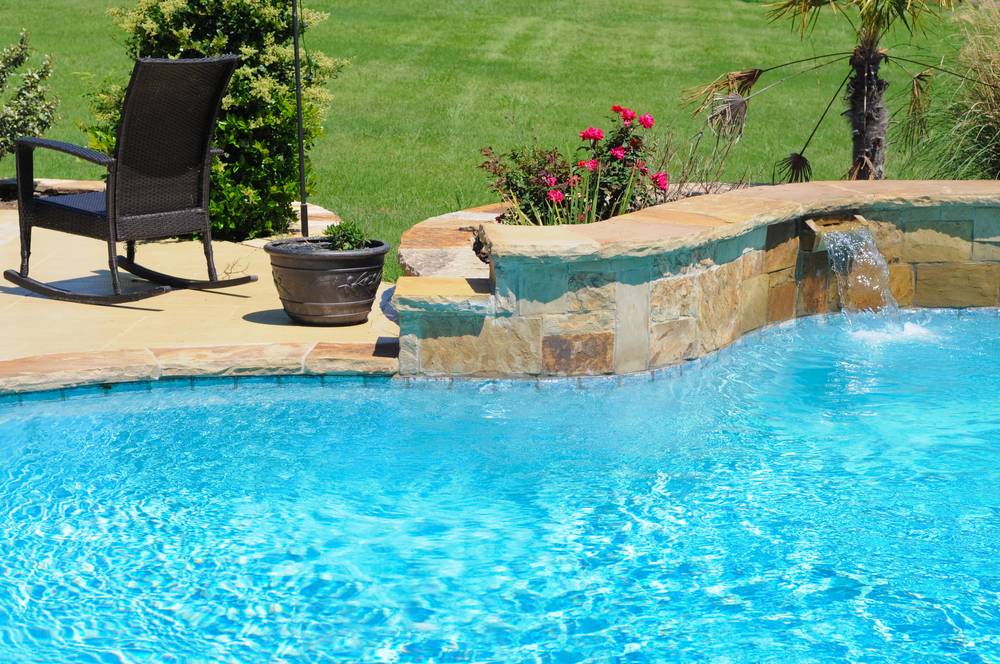Hi All,
Im getting my pool replastered this week and the company wanted to charge me $800 for starting up the pool so i decided to do it myself.
They gave me these instructions from the national plaster council and i have a couple of questions that i hope you can help me answer.
NPC plaster start up instructions:
National Plasters Council Procedure | NPT Pool Finishes | NPTpool.com/
The actual pdf is what they told me to use which can be found in that article.
Question 1
In the first steps on each day when testing the alkalinity it mentions total alkalinity but with a caveat:
"High alkalinity should be adjusted to 80ppm using prediluted muriatic acid*
*Total alkalinity - 1/3 cyanuric acid = corrected or carbonate alkalinity (field rate)"
Should i be going off of total alkalinity at this point or carbonate alkalinity? Its confusing because they put the caveat there but then specifically mention carbonate alkinity in the later instructions:
"4th - 28th day test ph, carbonate alkalinity and calcium hardness and repeat first day steps 1-5."
So im confused on whether i should be using both types of alkalinity or just one?
Question 2
The instructions mention to adjust calcium hardness on the second day, not the first. Is this correct? From all the research ive done people say to adjust calcium hardness immediately because it can cause damage to the plaster if you dont. Should i ignore their instructions and do it on the first day or stick to the second day?
Question 3
It says to adjust calcium hardness from day 4 - 28 slowly up to 200ppm.
Should i work out the difference needed, amount i need to add then add that a bit at a time each day to get to 200ppm over 24 days? Or once a week, every two weeks? etc
Question 4
Step 4 says that ph should be reduced to 7.2 - 7.6 adding pre-diluted muriatic acid if the alkalinity is already 80-100ppm. Im confused by this, if my ph is at 8 for example and my alkalinity is already at 80-100ppm wont adding muriatic acid lower the alkalinity below 80-100ppm? If my ph is 8 and alkalinity isnt 80-100ppm should i do something else other than add muriatic acid to get the ph down? The wording in this step has me very confused.
Thats it for now, i appreciate any and all advice.
Thanks!
Im getting my pool replastered this week and the company wanted to charge me $800 for starting up the pool so i decided to do it myself.
They gave me these instructions from the national plaster council and i have a couple of questions that i hope you can help me answer.
NPC plaster start up instructions:
National Plasters Council Procedure | NPT Pool Finishes | NPTpool.com/
The actual pdf is what they told me to use which can be found in that article.
Question 1
In the first steps on each day when testing the alkalinity it mentions total alkalinity but with a caveat:
"High alkalinity should be adjusted to 80ppm using prediluted muriatic acid*
*Total alkalinity - 1/3 cyanuric acid = corrected or carbonate alkalinity (field rate)"
Should i be going off of total alkalinity at this point or carbonate alkalinity? Its confusing because they put the caveat there but then specifically mention carbonate alkinity in the later instructions:
"4th - 28th day test ph, carbonate alkalinity and calcium hardness and repeat first day steps 1-5."
So im confused on whether i should be using both types of alkalinity or just one?
Question 2
The instructions mention to adjust calcium hardness on the second day, not the first. Is this correct? From all the research ive done people say to adjust calcium hardness immediately because it can cause damage to the plaster if you dont. Should i ignore their instructions and do it on the first day or stick to the second day?
Question 3
It says to adjust calcium hardness from day 4 - 28 slowly up to 200ppm.
Should i work out the difference needed, amount i need to add then add that a bit at a time each day to get to 200ppm over 24 days? Or once a week, every two weeks? etc
Question 4
Step 4 says that ph should be reduced to 7.2 - 7.6 adding pre-diluted muriatic acid if the alkalinity is already 80-100ppm. Im confused by this, if my ph is at 8 for example and my alkalinity is already at 80-100ppm wont adding muriatic acid lower the alkalinity below 80-100ppm? If my ph is 8 and alkalinity isnt 80-100ppm should i do something else other than add muriatic acid to get the ph down? The wording in this step has me very confused.
Thats it for now, i appreciate any and all advice.
Thanks!


